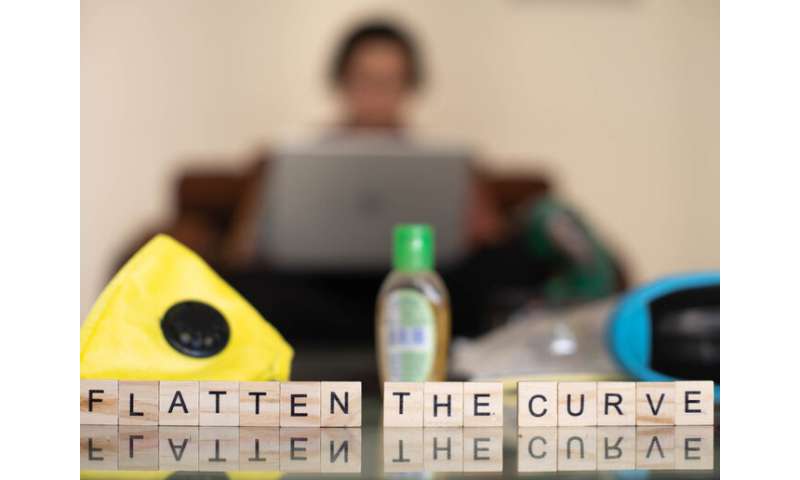‘Flatten the curve’: The origins of the mantra in the global fight against coronavirus


‘Flatten the curve’ essentially means to spread out the projected number of new cases over a longer period so that people have better access to healthcare. This is why more and more countries are urging social distancing and even imposing lockdowns to contain the spread.
For Dr. Howard Markel, the American physician and medical historian who helped coin ‘flatten the curve,’ the term is part of his vocabulary. From world leaders to teens, people have only been using it for a couple of weeks. “An outbreak anywhere can go everywhere,” he told Michigan Medicine, a University of Michigan blog that features health news and wellness tips. “We all need to pitch in to try to prevent cases both within ourselves and in our communities.”
Flatten it like China, South Korea
By February, the epidemic had spread wildly in Wuhan, China. Medical personnel didn’t know what they were up against. Hospitals were overburdened. As a result, social distancing measures were taken only when it was too late. The disease’s curve, a graph representing the quick spike in infections, was steep. China and South Korea have managed to flatten the curve by implementing severe community isolation measures, keeping daily cases at a controllable level for the medical community. The flatter the curve, the lesser the strain on medical systems, thus minimizing the chances of overwhelming them.
Because the infection curve rose so fast in Italy, the healthcare system couldn’t cope with all the new cases. Apparently, the country is starting to slightly bend the curve with lower day-to-day cases being recorded. A flatter curve assumes the same number of people eventually get infected, but over a longer period. Germany is one European country that’s managing to flatten the curve. On 23 March, public health chief Prof. Dr. Lothar Wieler told “Reuters’ that the infection curve could be flattening off because of measures already having a positive effect. Germany is behind only Italy and Spain in total COVID-19 cases in Europe.
Buying time
Recently, the World Health Organization (WHO) has been stressing the importance of flattening the curve. “WHO continues to call on all countries to implement a comprehensive approach, with the aim of slowing down transmission and flattening the curve,” said Director-General Dr. Tedros Adhanom Ghebreyesus at a media briefing on 18 March. “This approach is saving lives and buying time for the development of vaccines and treatments.”
“If you don’t have as many cases coming to the hospitals and clinics at once, it can actually lower the number of total deaths from the virus and from other causes,” Dr. Markel continued in the blog. “And, importantly, it buys us time for university and government scientists, and industry, to create new therapies, medications and potentially a vaccine.”
Source: Read Full Article